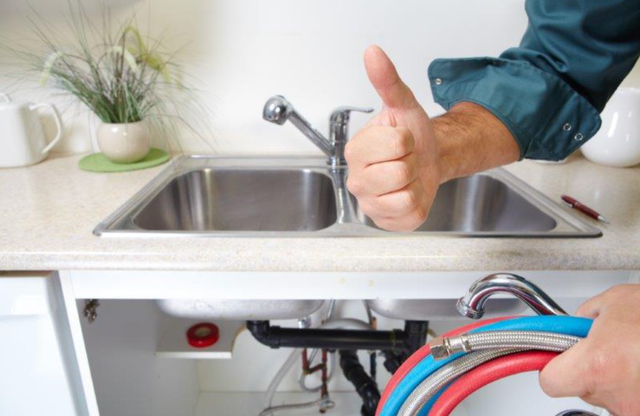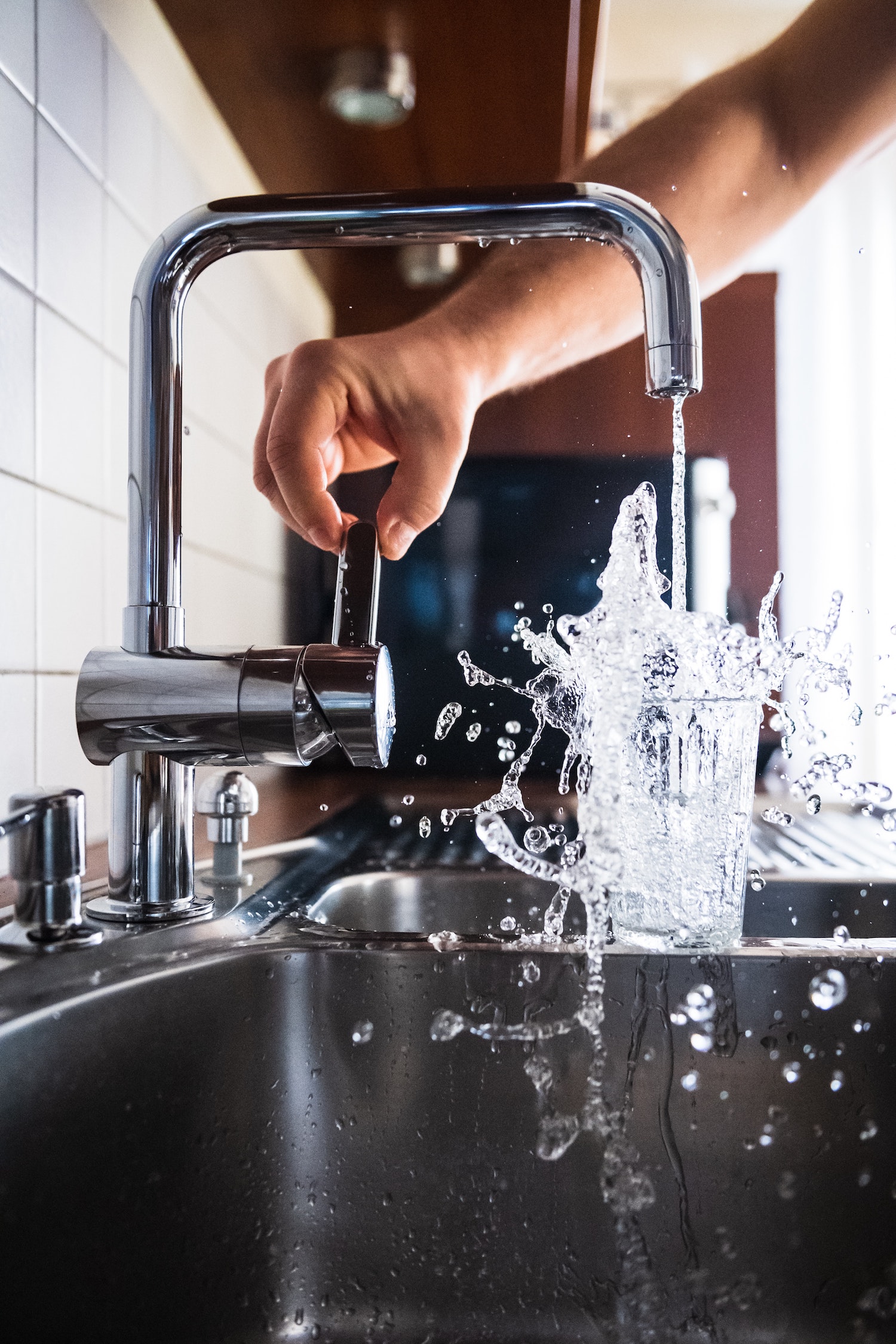Best 5 Winterizing Hacks to Prevent Your Pipes From Bursting in Cold Weather
Best 5 Winterizing Hacks to Prevent Your Pipes From Bursting in Cold Weather
Blog Article
Are you on the lookout for selective information around Winterizing Your Pipes?

All house owners that reside in temperate environments must do their finest to winterize their pipelines. It is something you must do during fall before deep wintertime truly starts. Failing to do so can spell catastrophe like icy, cracked, or burst pipelines. Right here are some handy winterizing hacks to maintain your plumbing system safeguarded even if the weather exterior is terrible.
Switch on the Faucets
When the temperature declines and also it seems as if the freezing temperature will last, it will certainly help to transform on your water both indoors and outdoors. This will certainly maintain the water moving via your plumbing systems. You'll end up squandering gallons of water this method.
Open Cupboard Doors Hiding Plumbing
When it's cold outside, it would certainly be useful to open up closet doors that are masking your pipes. Doing this small method can keep your pipes cozy and restrict the potentially hazardous end results of freezing temperatures.
Require Time to Cover Exposed Piping
One awesome and also simple hack to warm up cold pipelines is to cover them with warm towels. You can likewise make use of pre-soaked towels in hot water, just do not neglect to put on safety gloves to protect your hands from the heat.
Attempt a Hair Dryer or Heat Weapon
When your pipes are practically freezing, your trusty hair clothes dryer or warm gun is a godsend. If the hot towels do not help remove any kind of working out ice in your pipes, bowling hot air straight into them may help. However, do not use other items that generate direct fires like a strike lantern. This can cause a larger disaster that you can not control. You may end up harmful your pipes while trying to melt the ice. And over time, you may even end up melting your residence. So be cautious!
Shut down Water When Pipes are Frozen
Shut off the main water valve immediately if you see that your pipelines are totally frozen or nearly nearing that stage. You will typically locate this in your cellar or utility room near the heating unit or the front wall surface closest to the street. Turn it off today to prevent further damage.
Do not fail to remember to shut outside water sources, as well, such as your hookup for the garden house. Doing this will certainly prevent added water from filling out your plumbing system. With even more water, more ice will certainly stack up, which will eventually lead to break pipes. If you are uncertain regarding the state of your pipelines this winter, it is best to call an expert plumber for an evaluation. Taking this proactive approach can conserve you hundreds of dollars in repairs.
All property owners who live in warm climates should do their finest to winterize their pipelines. Failure to do so can mean calamity like icy, split, or burst pipes. If the hot towels do not help dislodge any kind of resolving ice in your pipelines, bowling hot air directly right into them might assist. Turn off the primary water shutoff immediately if you notice that your pipelines are totally frozen or virtually nearing that phase. With more water, even more ice will certainly load up, which will eventually lead to break pipes.
PREVENT YOUR PIPES FROM FREEZING THIS WINTER
A Leading Cause of Property Damage
When the weather is taking a deep nose dive into the cold dreary days, the risk of your pipes freezing and potentially bursting skyrockets. Unfortunately, during these cold dreary months, burst pipes are the most common denominator for property damage. The pipes that are most at the risk are those that are in areas where it is most cold in your home. For instance, pipes located in interior places such as basements, attics, and your garage. Unfortunately, that doesn’t mean that the pipes running through your cabinets or exterior walls can’t freeze. Good news, however, is that you can do things to help prevent pipes from freezing.
How to Prevent Pipes From Freezing
Once the temperature starts to drop during the winter, you should be taking the proper measures needed to ensure that your pipes stay warm and that there is circulation of water through them. Some steps that experts may recommend could go against your better judgement when it comes to saving water and heat. However, it would go without saying that when expenses are compared, damaged pipes could put a bigger dent in your wallet than a water bill.
What Can I Do?
Keep your garage door closed. This is very important, especially if you have water supply lines running through your garage. Open your kitchen and bathroom cabinets to allow warm air to circulate through them. Allow air circulation throughout your home. Keeping the interior doors open will once again allow the warm air to circulate inside your home. Ensure your thermostat is running the same temperature throughout the night and day. If you plan to be away from home during the cold months, set your temperature no lower than 55° F. This should provide enough heat to keep the pipes warm and prevent any remaining water inside the pipes from freezing. For more of a long-term solution, add insulation to attics, basement, and other crawl spaces around your home. By allowing your faucet to drip, it will alleviate pressure in the system. This is important because the pressure that is created between the blockage and the faucet can potentially cause the pipes to burst. Allowing the faucet to drip will prevent the pressure from building up, therefore keeping the pipes from bursting. Seal any cracks, openings, and crawl spaces around your home to prevent cold air from coming inside. This keeps your pipes-not to mention your home-warmer and less susceptible to issues caused by freezing temperatures. For the pipes in your home that are easily accessible, applying electrical tape to them might prevent them from freezing over. This is a quick fix, as you can apply the tape directly to the pipe. There are two options for heating tapes. One turns on and off by itself when it senses heat is needed. The other type of heating tape needs to be applied when heat is needed and removed when not necessary. If you have exposed pipes in your home, you can check this website to take a look at a few options that would be available at a shop near you.

Do you enjoy reading up on Prevent Freezing and Bursting Pipes? Create feedback further down. We will be glad to see your suggestions about this blog post. Hoping that you visit us again before long. Enjoyed reading our review? Please share it. Help other people locate it. I praise you for your time. Don't hesitate to come visit our website back soon.
Booking Page Report this page